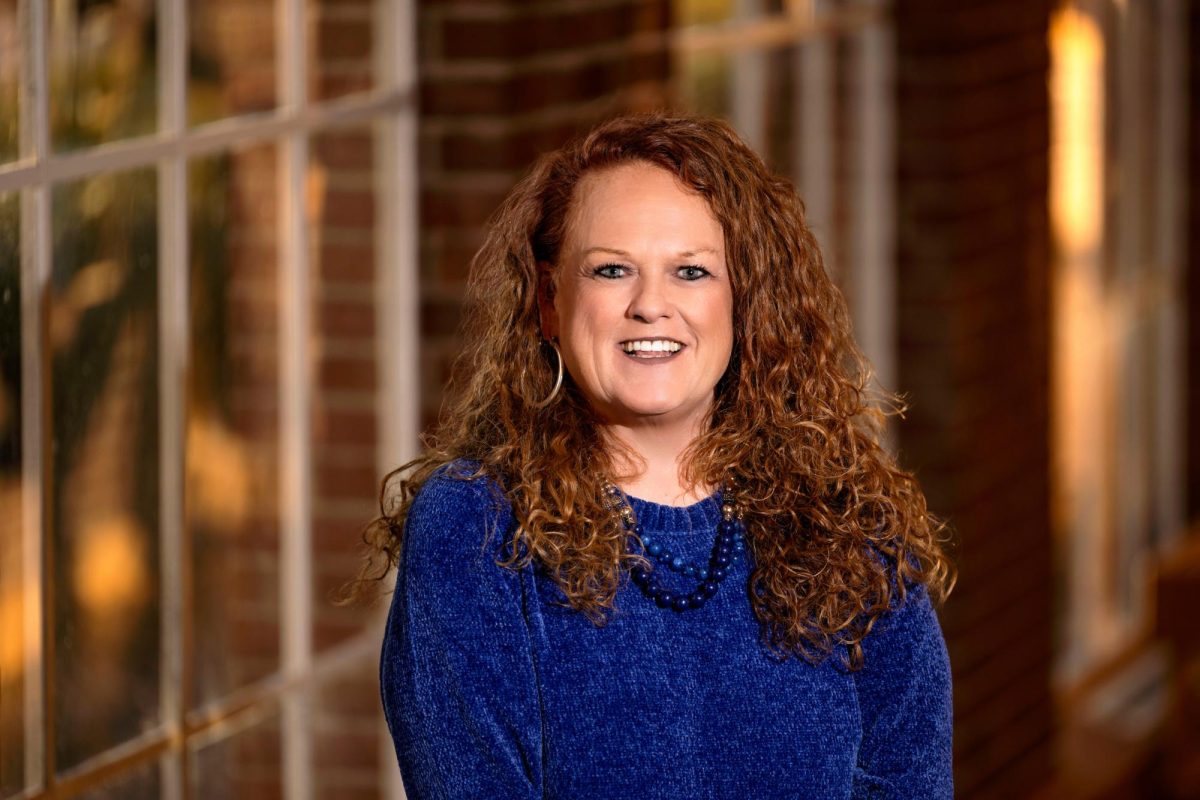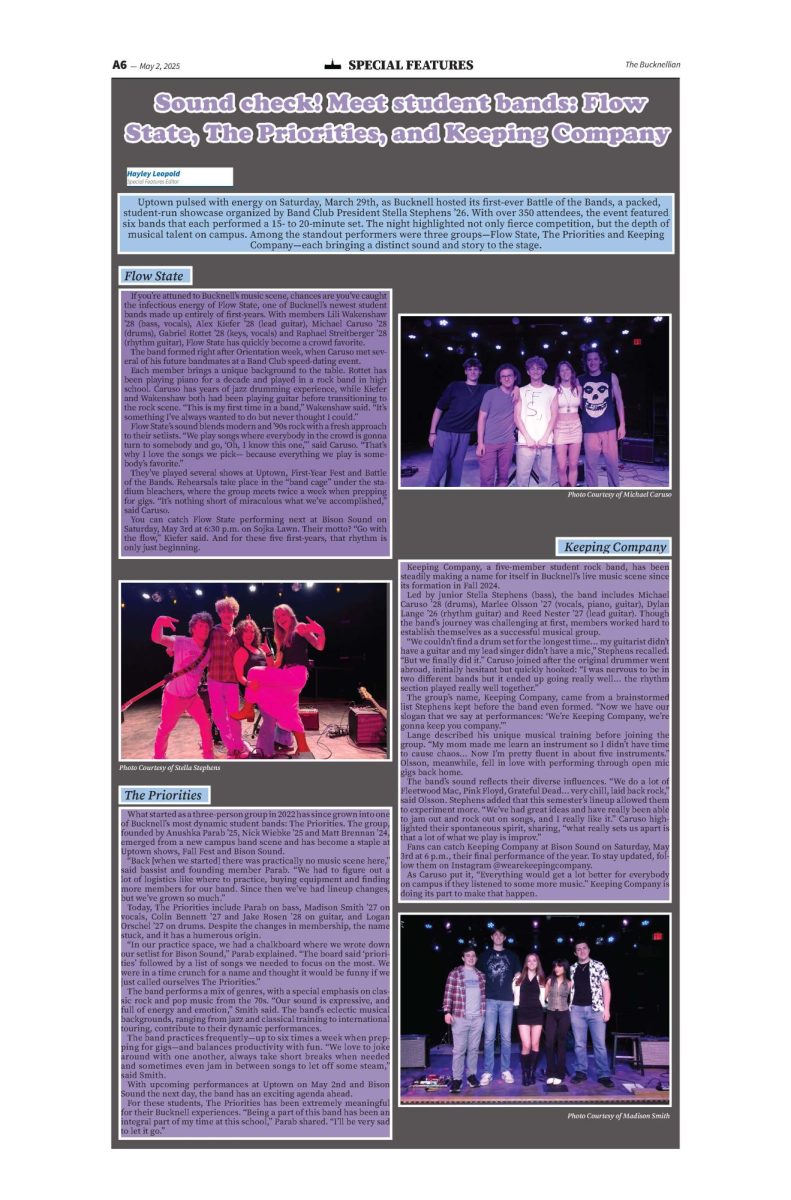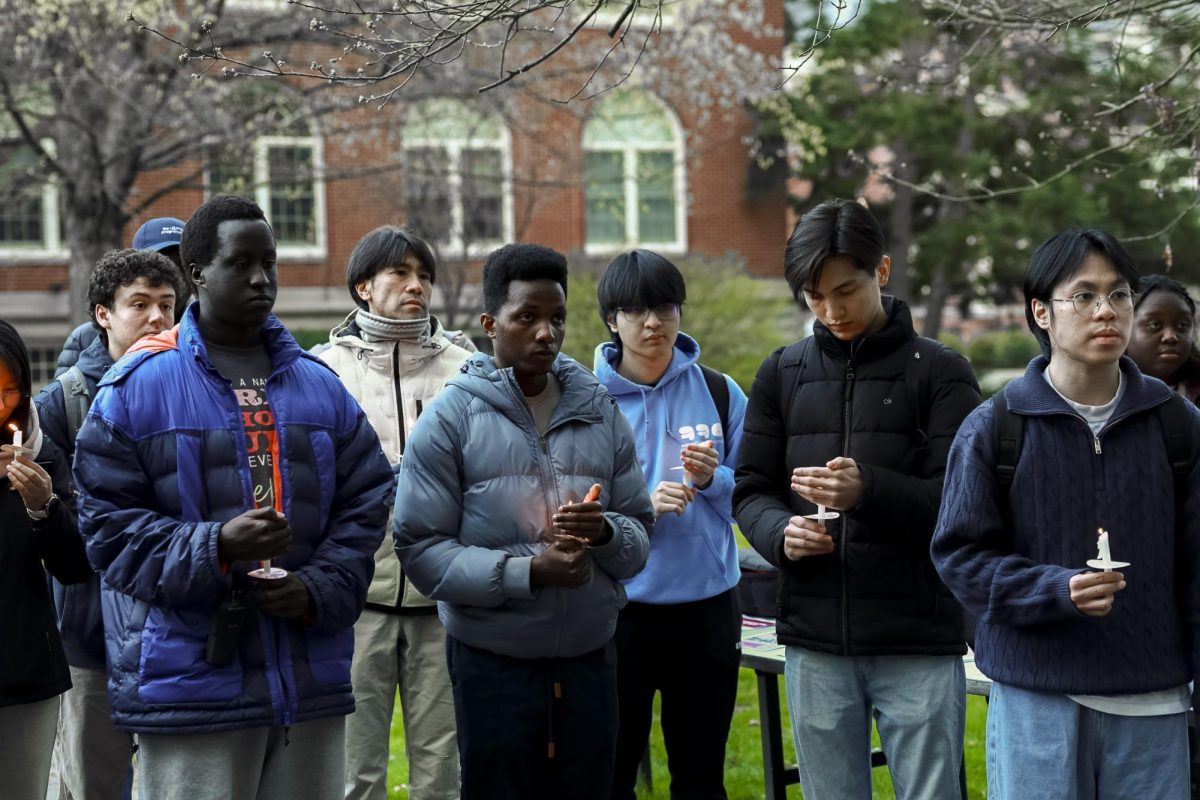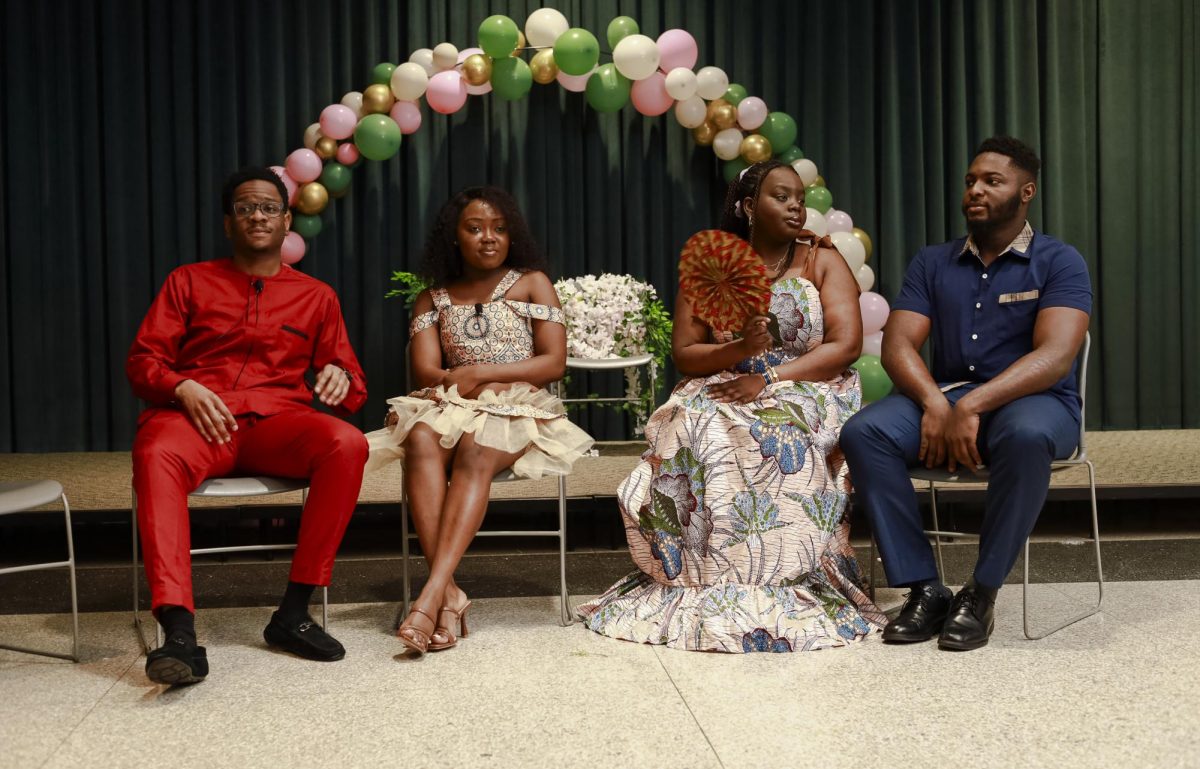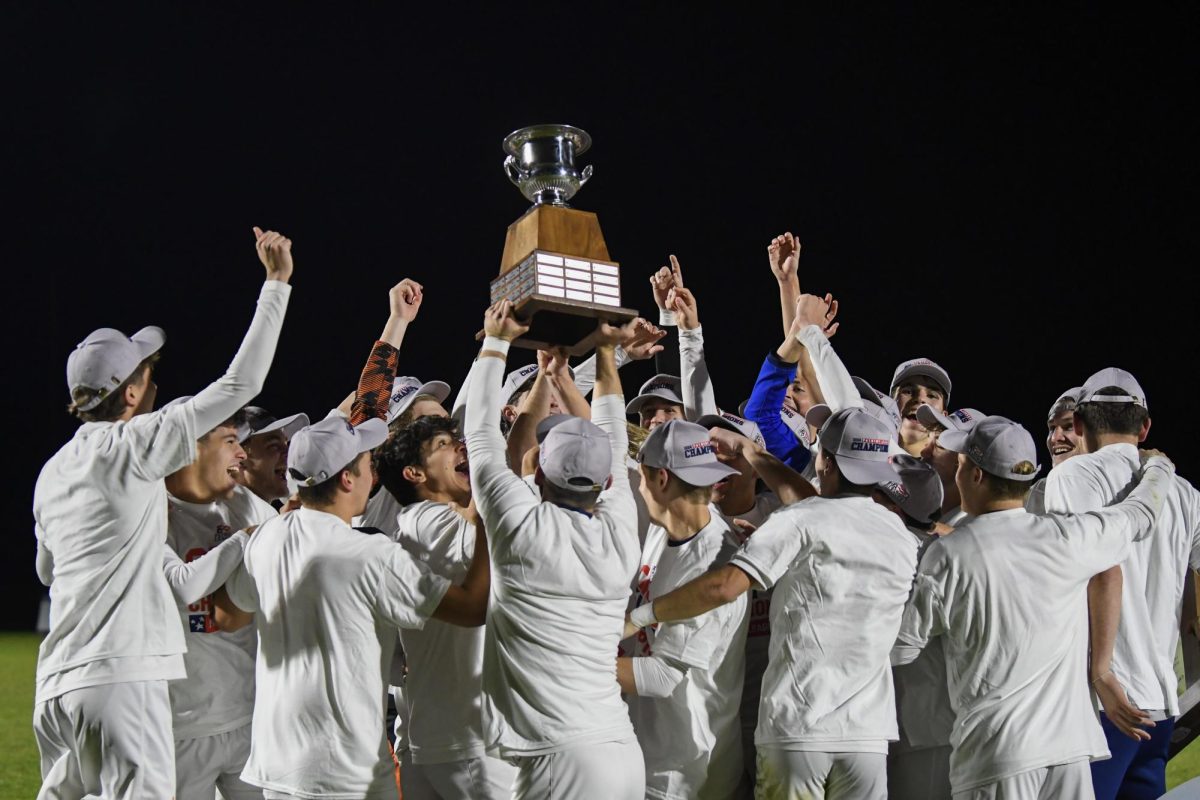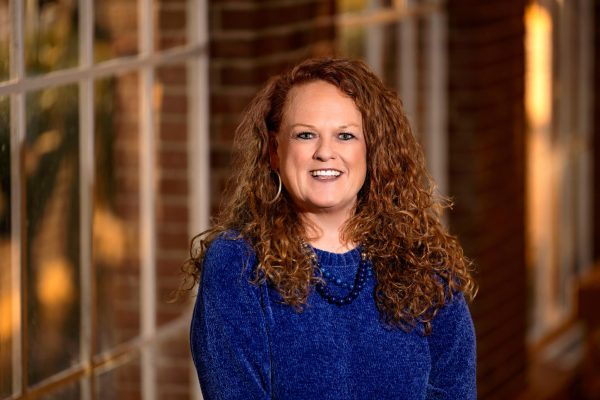Starting a club at Bucknell can be more difficult than it seems
October 23, 2014
There are a lot of clubs on campus, but if you’ve ever tried starting one of your own, it can be a long and grueling process.
During my sophomore year, I decided to begin a club swim team for people like me who loved the sport and wanted to continue swimming without the time commitment of a varsity team. Through the Message Center, it was easy to find a number of students who were interested in participating in this program, so I began looking further into the process.
Two years later, the club swim team is holding its first few practices. The reason for the delay has been partially due to poor communication between campus organizations and students. Originally, the club team’s development was stalled by the former associate director of Athletics for Recreation Services and his recommendation that the 15 other club members and I should just practice during Kinney Natatorium’s recreational hours.
A semester later, he was replaced, and I worked with the new associate director of Athletics for Recreation Services, Karen Landis. Landis was by far one of the most helpful people in the process, and serves as a testament to how certain people are encouraging students to become active on campus. She walked me through the pros and cons of starting a club and set up meetings between myself and the Aquatic Director. Eventually, it became evident that the club would have its best shot at survival by going through Bucknell Student Government (BSG).
Thankfully, the members of the Campus Activities and Programs (CAP) Center and BSG were immensely helpful and talked me through the application process for the club’s constitution and finances. However, the process itself is rigorous for both applicants and the reviewing committee, as paperwork seems to be difficult to keep track of in cyberspace, and communication regarding approval is sometimes unclear.
Even after being approved there can still be difficulties. Scheduling meetings or practices becomes challenging when the Events Management Office is not aware of updated clubs. Additionally, staff members can be resistant to helping students run smooth club operations. Simple questions to staff members are greeted with curt responses directing students in a never ending circle without any clear answers.
Having gone through this process, it seems as though the campus is engaged in a disappointing contradiction. As a whole, we want students to be involved and participate in the campus community. We are encouraged to start clubs and organizations to fit our needs. But when students try to take advantage of the campus opportunities, they are met with as much resistance as they are help. While I chose to stick it out through the long process and was fortunate enough to meet people like Landis, I am sure there have been a number of projects and passions squelched by those unwilling to help or even offer the slightest piece of advice to students hoping to better the campus environment. I hope that fewer and fewer students meet the same difficulties that I did, but things will only improve if students and faculty are dedicated to developing respectful relationships through better communication.
















